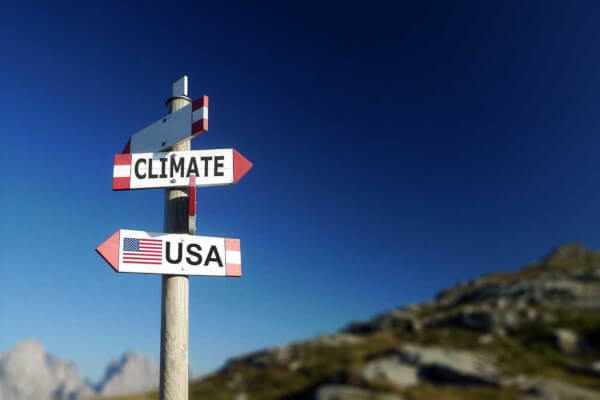the big ones agricultural powers world today are the United States and the European Union. Each of these powers presents different models of policies for agriculture, varying according to the historical, geographical and geological contexts of each location. What both have in common is the high degree of protectionism implemented by the government to national farmers, as well as the high mechanization of the production process in all its stages.
US Agricultural Production
The US knew the implementation of agriculture from the colonization process of its territory, when European immigrants formed the class of farmers, who dedicated themselves to agricultural production on a small and medium scale.
As an initial feature, the american agriculture it was marked, above all, by the distribution of land in small and medium-sized properties for a significant number of producers. However, with the Great Depression of 1929, many landowners and farmers had to mortgage their land, which was transferred to the ownership of banks and large companies. The result was the current land concentration.
With technological advances and the intensification of the rural exodus (mass migration of people from the countryside to the city), it is estimated that less than 3% of the North American population is employed in the countryside. Even so, the US is the world's largest agricultural producer.
Currently, North American agricultural cultivation is characterized by the zoning of production, which is marked by the formation of belts, or agricultural belts. There are the Dairy Belt (milk belt), the Corn Belt (corn belt), the Wheat Belt (wheat belt) and Cotton Belt (cotton belt).
It is good to remember that agricultural practice in belts does not necessarily refer to monoculture production (a single agricultural product in a region). There is an alternation between the products, the names of the belts are chosen from those products whose activity is predominant in the region.
Agricultural production in the European Union
At European Union, agricultural production is significantly lower than that of the United States, due to the size of its area, the demographic density of the region, as well as the concentration of the economy in activities industrial. Even so, its agricultural production is considered one of the largest in the world.
Do not stop now... There's more after the advertising ;)
Agriculture in the European Union is characterized by the CAP (Common Agricultural Policy), which consists of the protectionism for farmers in the region through the imposition of higher tax rates on products imported agricultural products.
Thus, the CAP is characterized by the unification of the European market, with the fixing of minimum prices for each product, preference in the purchase of products from the economic bloc and implementation of import tariffs.
The CAP was very important to guarantee the maintenance of agricultural production, especially for small producers. However, its practice was widely questioned within the scope of the WTO (World Trade Organization), mainly by underdeveloped countries, whose economies are heavily dependent on the export of agricultural products and raw material.
As a result, as of 2003, the European Union implemented a reform in the CAP, which changed the emphasis from production to improving the quality of production and conserving the environment. Before that, the EU established targets for producers in quantitative terms, in order to guarantee the supply of member countries of the bloc only with domestic products.
The major objectives of the European Union's agricultural policy revolve around family maintenance and the containment of rural exodus, which prevents the increase of demographic densities in large urban centers and thus prevents or reduces the occurrence of urban problems, such as slums and segregation urban.
Brazil could become the world's greatest agricultural power
Brazil is also highlighted in world agricultural production. However, for now, the country is still far below the European Union and, above all, the US. However, unlike the world's agricultural leaders, the country has great possibilities for expansion in the coming years.
The estimate of the Ministry of Agriculture, Livestock and Supply is that Brazil will reach world leadership in the 2020/2021 harvest. Such expansion should be caused, above all, by the modernization of the countryside, by the improvement in the conditions of family property and by the increase in the volume of exports. The products that should have their production increased the most are soy, ethanol, cotton, corn and coffee.
By Rodolfo Alves Pena
Graduated in Geography


